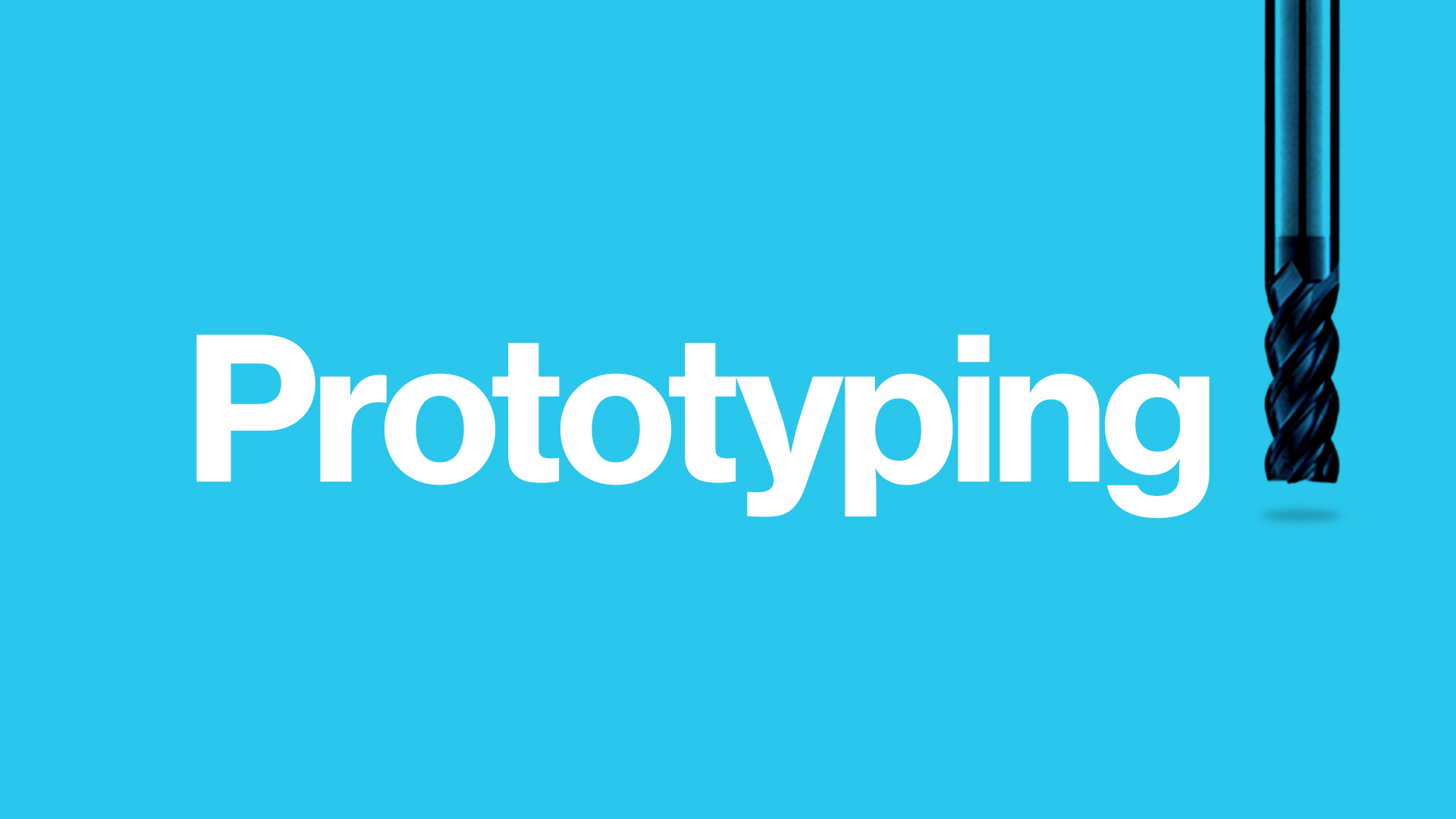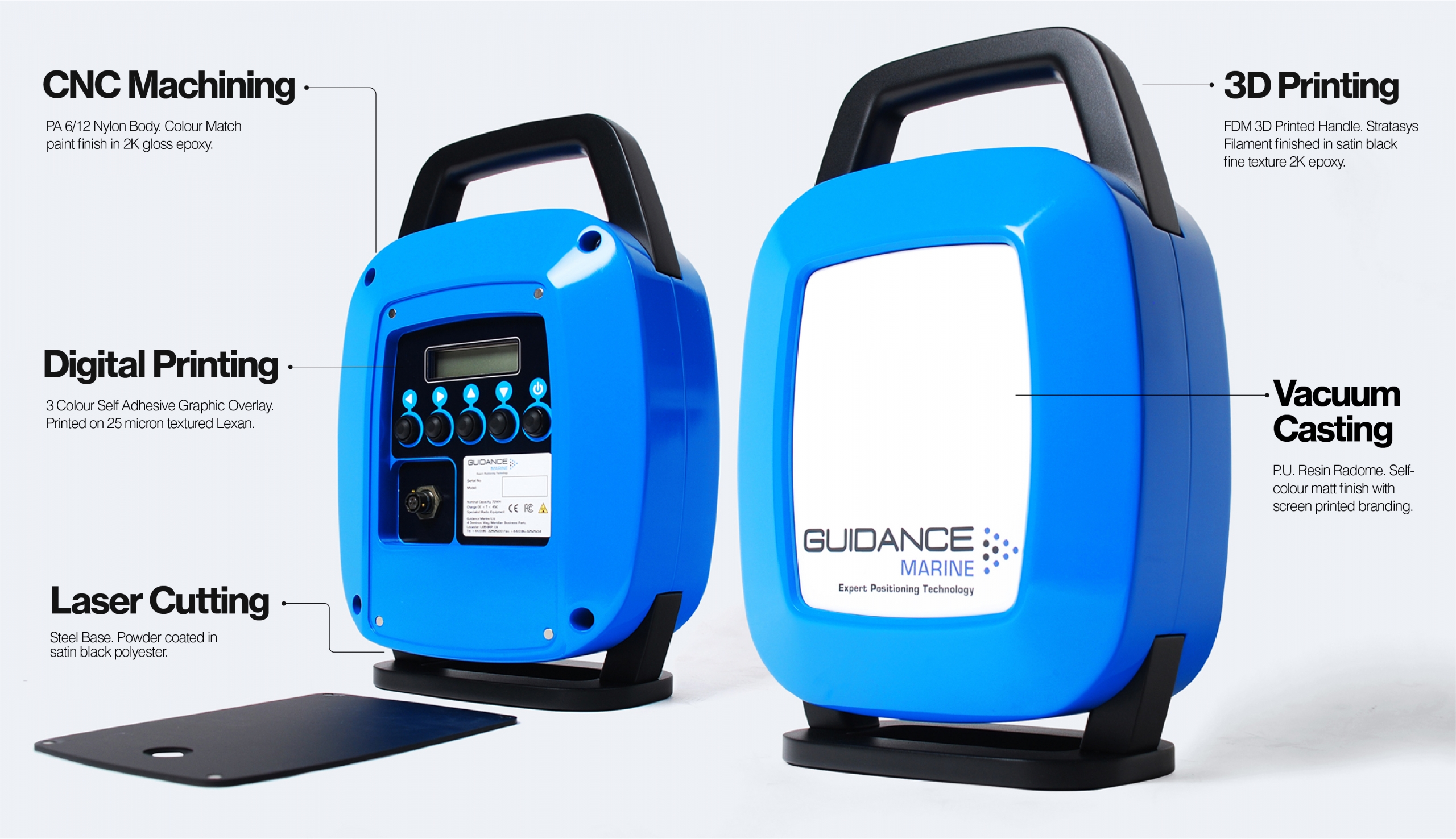Ideas must be put to the test. That’s why we design and make prototypes; otherwise, they will never be more than ideas.
Rapid prototyping is absolutely key to the success of your project. By testing and examining ideas and developments throughout your project we guard against unnecessary risks and expensive mistakes, and give you the opportunity to see your product come to life in physical form in the most cost-effective manner.
Our comprehensive in-house workshop facilities include 3D printing, additive manufacturing, high-speed CNC machining, resin casting, laser cutting, laser scanning, vacuum forming and paint finishing. We are equipped to create a wide range of prototypes in a variety of materials to suit the level of product development required. Our rapid prototyping services allow us to turn 3D CAD data into reality quickly, facilitating fast and frequent alterations to designs for engineers and designers.








